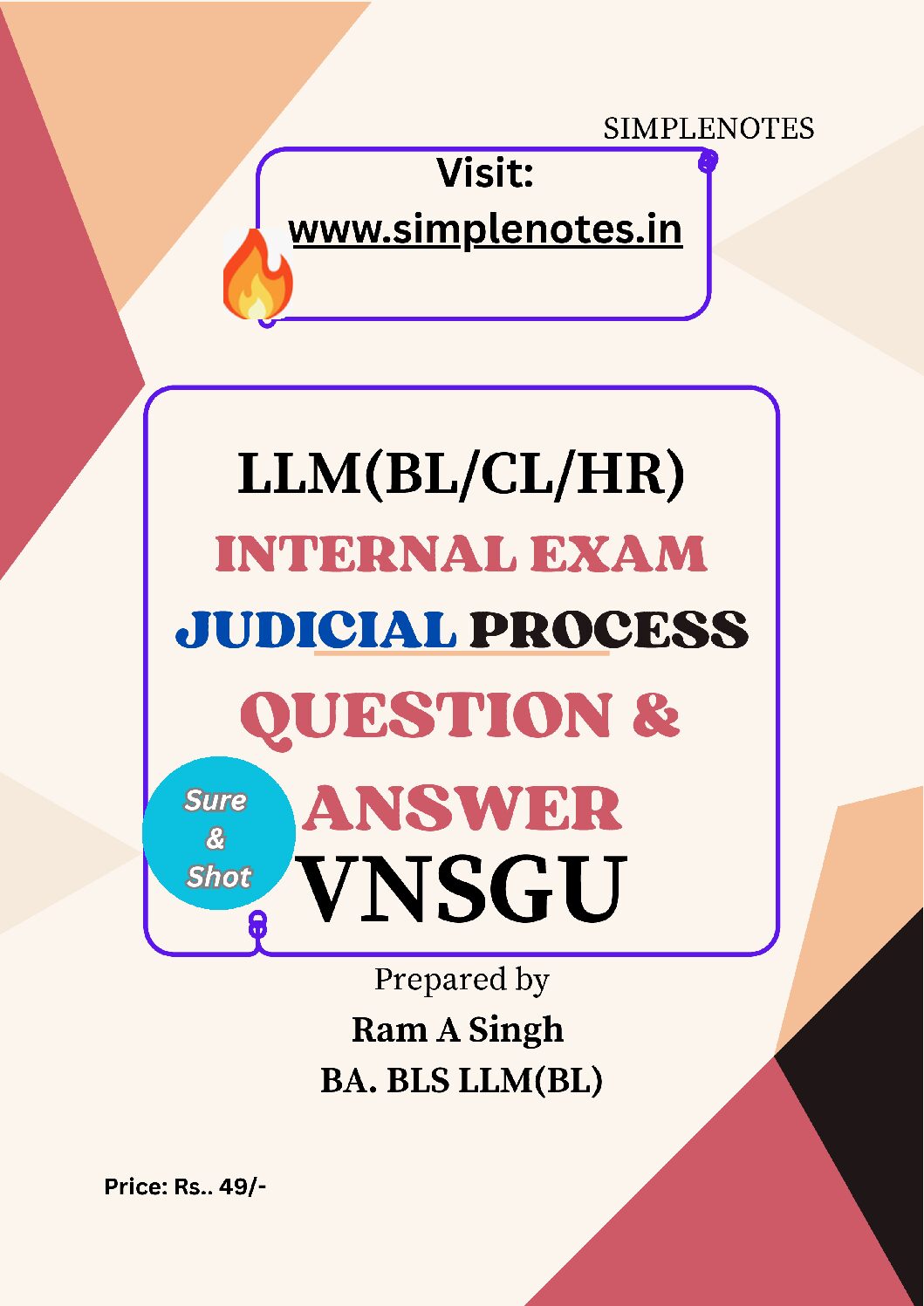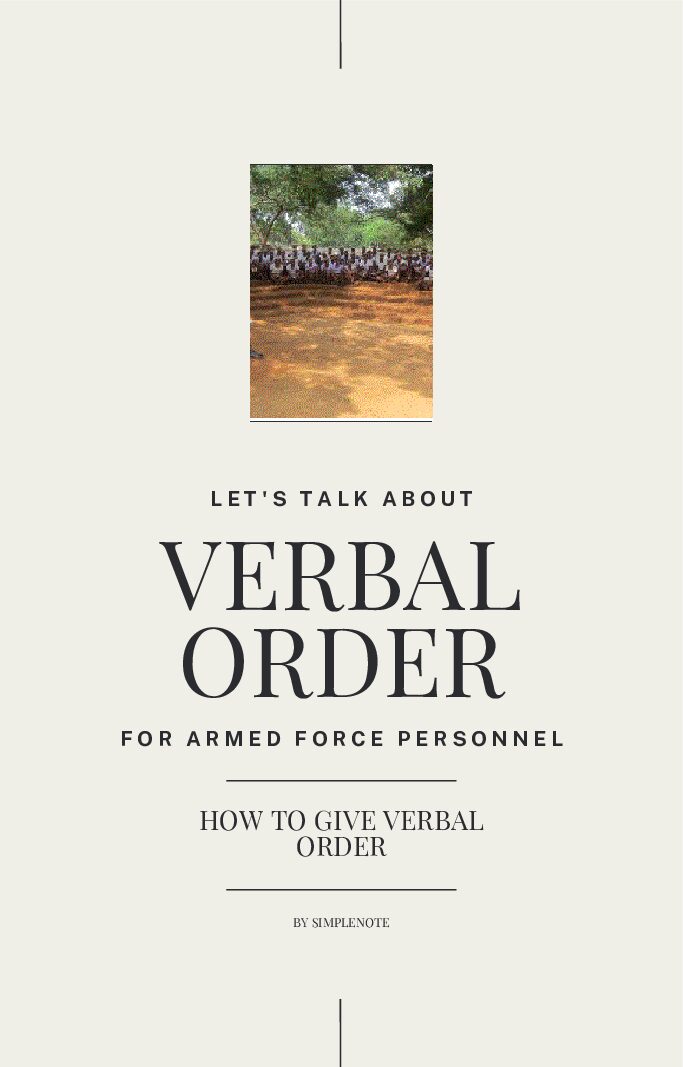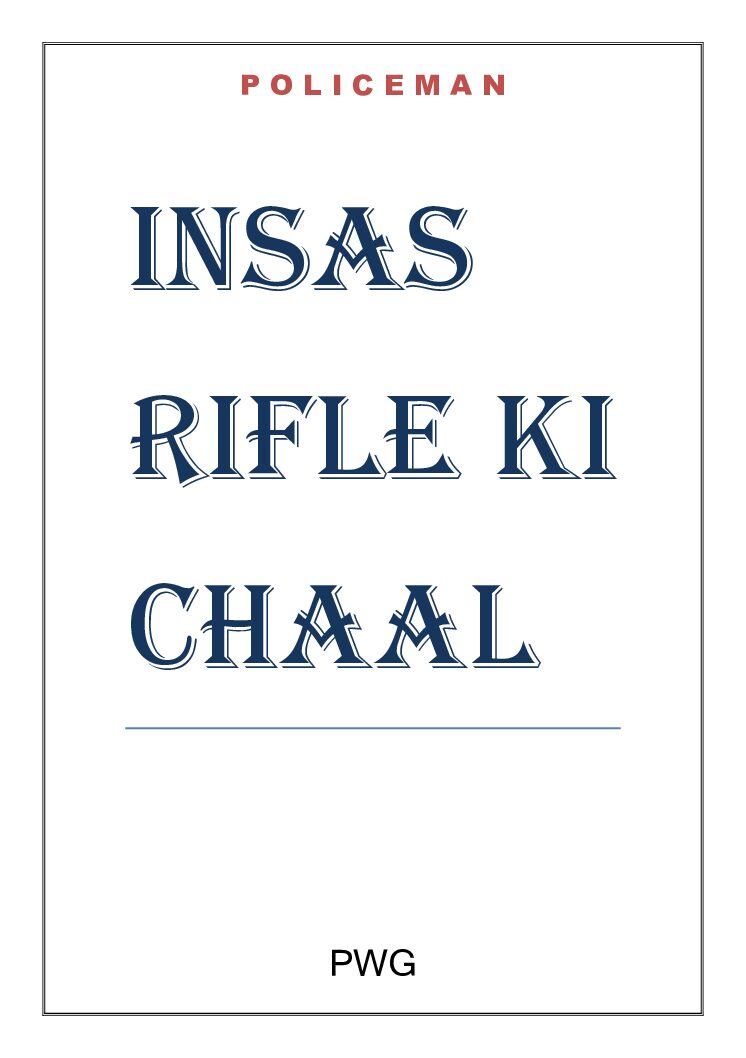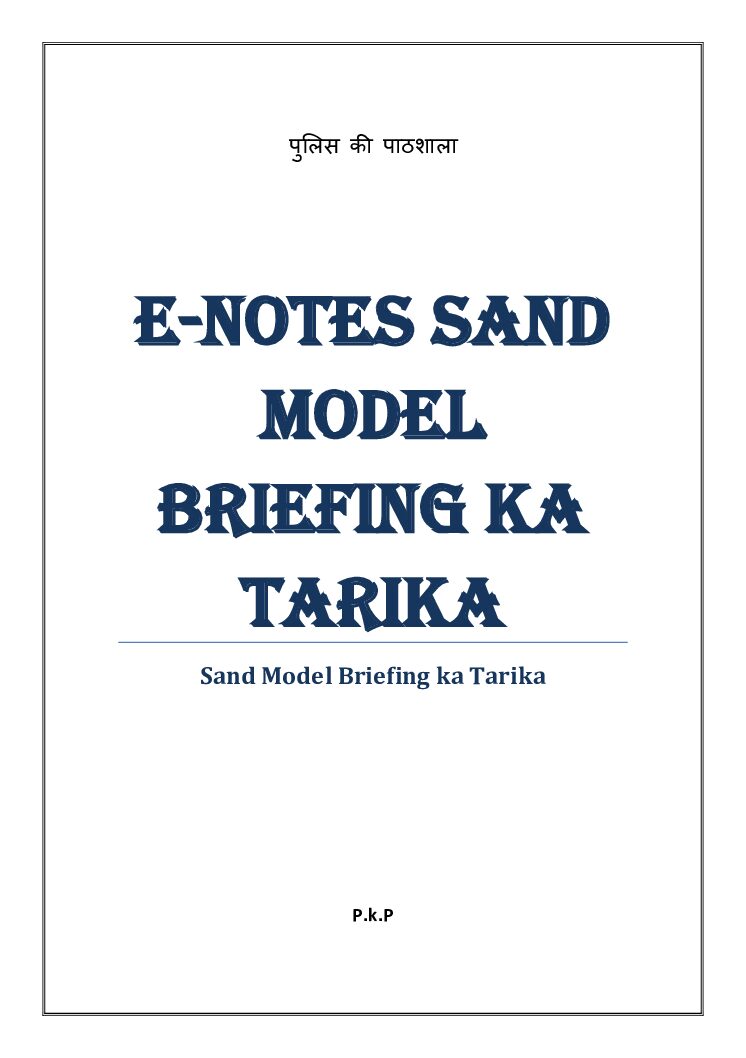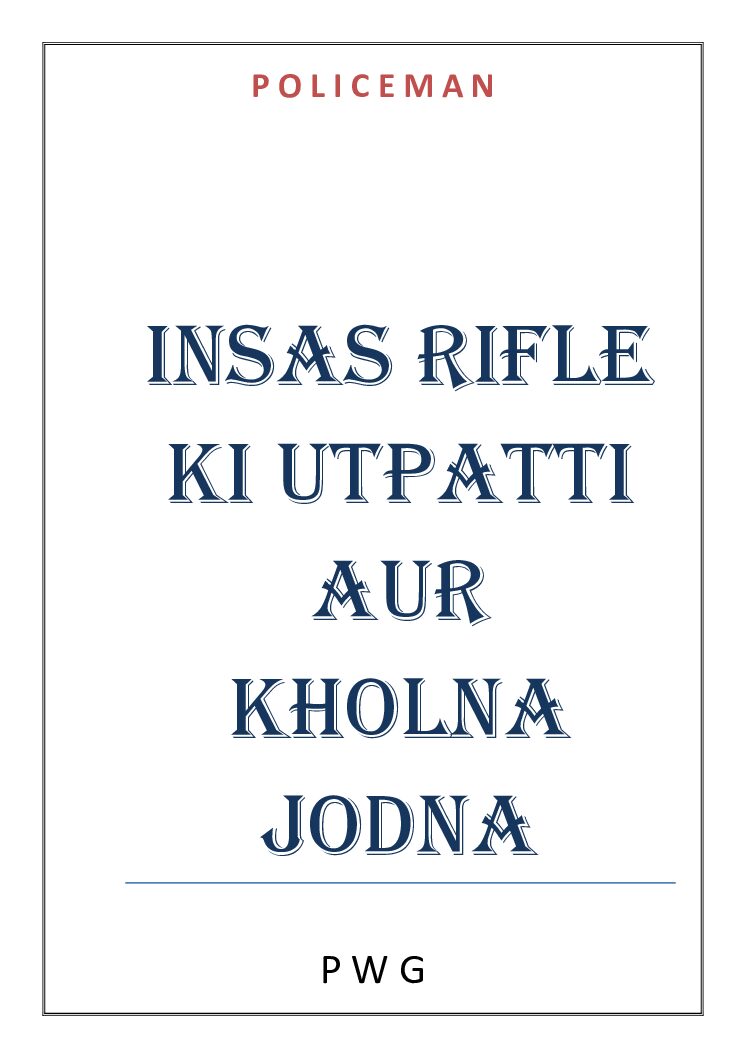Introduction
Synopsis
IT Act 2000, in today’s digitized world, the internet has changed how businesses work. Now, companies use websites, apps, and social media to connect with people. But this easy-to-do business also brings new risks. Now, trademarks are often and easily misused online. Misleading websites, duplicate brand names, and false advertising are common.
In India, the Information Technology Act, 2000 (IT Act) was promulgated to stop online misuse and many provisions are made in the Trademark Act, 1999 protects brand names and logos. In the U.S., laws similar to, the Lanham Act also protect digital trademarks. This guide explains these laws in simple language for students.
What is a Trademark?
In simple words, we can say a trademark is a symbol, word, or logo. It shows that a product or service belongs to a company. It helps people know the source of the product. Brands like Apple, Nike, or Infosys have registered trademarks.
Read this also: What Is Passing Off? A Comparative Study Under Indian and US Trademark Laws
Online, trademarks appear in:
Website names (like www.apple.com)
- Social media accounts (like @Nike)
- Ads and online shops
- Mobile apps and games
Misusing a trademark online is a big problem. It can confuse buyers and damage the brand.
Why is Digital Protection Important?
The internet makes it easy to copy logos and names. Fake sellers can trick people into buying poor-quality items. Some people even register counterfeit domains that look like real brands. This is called cybersquatting.
Digital protection helps:
- Save the brand’s image
- Build customer trust
- Prevent fraud and cheating
That’s why laws like the IT Act are important.

Overview of the IT Act 2000
The IT Act is main cyber law of India. This act was made to deal with cybercrime, but some provisions are very much applicable for trademarks and other IPR. It deals with crimes like hacking, online fraud, and identity theft. It also helps protect trademarks online.
Let’s look at the key sections that help.
1. Section 66C: Identity Theft
This is one of the main sections which are used in the violation of IPR related crime. If someone uses another person’s digital identity without permission, it is identity theft. This can include passwords, digital signatures, or brand names.
For example, creating a fake Instagram account using the logo and name of a real brand.
Read this also: What is a Biotechnology Patent? Meaning, Scope, and Importance – Explained Simply
Punishment: Up to 3 years in jail and/or ₹1 lakh fine.
2. Section 66D: Online Cheating by Fake Identity
This section is about cheating by pretending to be someone else online.
Example: Someone creates a fake website that looks like Flipkart and uses its trademark.
Punishment: Up to 3 years in jail and ₹1 lakh fine.
3. Section 43: Damage to Computers and Networks
This section covers hacking, virus attacks, and data theft.
Example: A hacker breaks into a company’s site and changes trademarked content.
The affected company can ask for damages.
4. Section 79: Safe Harbour for Online Platforms
This section protects platforms like Amazon or Facebook. They are not blamed if a user misuses a trademark.
But they must act fast once they get a complaint. If they don’t, they lose protection and can be sued.
5. IT Rules, 2021: Digital Safety
These rules guide how online platforms should act:
- They must have a grievance officer.
- They must remove fake content within 72 hours.
- They must respect trademark rights.
This helps brands take quick action.
How the Trademark Act, 1999 Supports Brands
This Act allows companies to:
- Register their trademark
- Stop others from copying it
- Take legal action against misuse
Online, if a person misuses a brand name, the company can file a case under this Act. It is often used along with the IT Act.
Common Online Trademark Issues
- Cybersquatting – Registering domains with famous brand names.
- Fake Products – Selling items using fake brand logos.
- Phishing Sites – Creating websites that look like real brands to steal data.
- Social Media Impersonation – Fake brand accounts.
All these can be stopped using IT and Trademark laws.
Real Cases from India
Case 1: Yahoo! Inc. v. Akash Arora
- A man used “Yahoo India” as a domain name.
- The court said it was wrong.
- Yahoo won the case.
Case 2: Tata Sons Ltd. v. Arno Palmen
- Someone used Tata’s name in a domain.
- The court ruled in Tata’s favor.
Case 3: Christian Louboutin v. Nakul Bajaj
- Fake luxury shoes were sold online.
- The court said websites must verify sellers.
What Does the U.S. Law Say?
To regulate the IPR related crime where Information technology is involved the U.S. has the Lanham Act and the Anti-Cybersquatting Consumer Protection Act (ACPA).
Lanham Act:
- Stops false advertising and fake branding.
- Allows lawsuits against misuse.
ACPA:
- Stops people from using brand names in fake domains.
DMCA Takedown:
- Helps remove fake content online quickly.
How Can a Brand Protect Itself Online?
- Register your trademark – In India and globally.
- Watch your brand online – Check websites, social media, and apps.
- Report misuse – Inform platforms like Amazon, Facebook, etc.
- Send legal notices – Ask the offender to stop.
- Use WIPO or courts – For serious cases like domain theft.
What Should Students Learn?
Students in law, business, or digital fields must know:
- What a trademark is
- How trademarks are misused online
- What laws can stop this misuse
It helps in:
- Legal studies
- Working with brands
- Marketing and tech jobs
Summary Points
- Trademarks are brand names or logos.
- They are often copied online.
- The IT Act helps stop online misuse.
- The Trademark Act allows legal action.
- U.S. laws like the Lanham Act and ACPA offer similar help.
- Companies must act fast to protect their brand.
- Students should know these laws for real-world work.
Conclusion
In the digital world, protecting a brand is not easy. But the law helps. In India, the IT Act and Trademark Act work together. They help companies protect their brand names and stop fake use.
Students should learn these laws. It helps in building safe and trusted online spaces. Knowing this also helps in careers and legal knowledge.
Bibliography
- Information Technology Act, 2000
- The Trademarks Act, 1999
- Lanham Act, USA
- Anti-Cybersquatting Consumer Protection Act, USA
- IT Rules, 2021
- Yahoo! Inc. v. Akash Arora
- Tata Sons v. Arno Palmen
- Christian Louboutin v. Nakul Bajaj
- WIPO Website
- Ministry of Home Affairs – Cybercrime Portal
![]()





